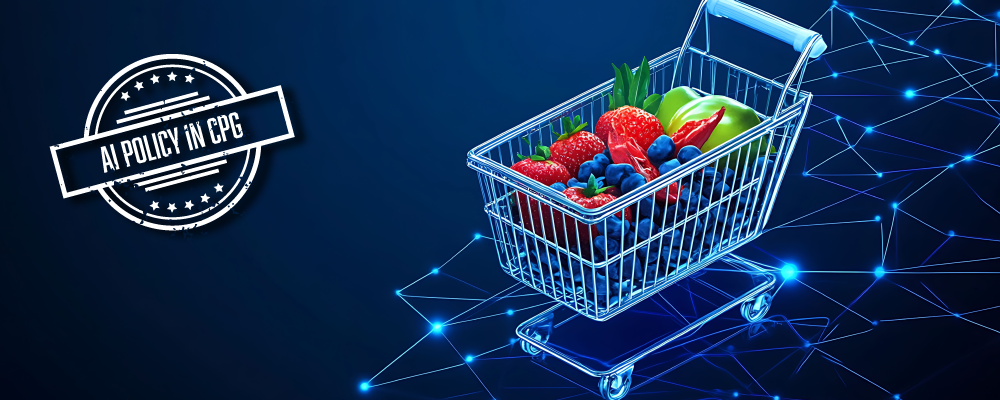

It’s release season in AI. Again.
Microsoft has refreshed its Azure ecosystem with a flurry of AI service upgrades. Google I/O unveiled tools that punch through previous limits of scale and capability. Anthropic is iterating at a stunning pace. Support for once-exotic capabilities like multi-agent systems and modality control primitives (MCPs) is appearing in nearly every stack. We're witnessing the dawn of truly multimodal AI, where systems like Google's evolved Gemini can seamlessly understand and generate content across text, image, audio, and video, transforming search into an interactive, conversational experience and enabling realistic synthetic media creation at an unprecedented scale. Simultaneously, autonomous AI agents are rapidly moving from concept to reality, with Microsoft championing an "agentic web" where AI proactively assists and automates complex digital tasks, from coding to cybersecurity.
The past few weeks have seen AI giants unleash a torrent of capabilities that are not just incrementally improving our world but fundamentally reshaping its fabric.
It feels like the world is sprinting ahead.
Inside some enterprises, however, it often feels like an uphill climb. Use cases inch through compliance reviews. People skills and data pipelines need months to build. And your most exciting AI application? Still stuck in internal procurement and PoCs.
Welcome to the age of enterprise AI FOMO—fear of missing out—not just on technology, but on the momentum, attention, and perceived value creation happening out there.
But here’s the truth: your organization is not behind. It’s just building for a different race.
Think of the AI release cycle like a Formula One race. It’s thrilling to watch. But the enterprise isn’t building F1 cars. It’s building freight trains—powerful, reliable systems that move massive cargo safely and over long distances.
F1 technologies eventually power freight, too—carbon fiber in trains, telemetry in logistics. But no one asks a freight company to switch engines every lap.
Enterprise AI must filter signal from noise. Not everything released this season is ready for regulated data, scaled users, or mission-critical decisions. The first movers in generative AI are often acting as shock absorbers—learning, failing, and discovering edge cases. Enterprises benefit by watching closely but deploying responsibly.
1. Innovation doesn’t mean instability.
Enterprise leaders must decouple exploration from execution. Let your innovators play in the labs. But maintain disciplined governance and architectural guardrails when it comes to deployment. You can innovate without destabilizing.
2. Value takes time to compound.
A model API call might take milliseconds. Changing a business process to absorb that insight could take quarters. That’s not a weakness; it’s a feature of durable transformation. It is the need for protecting your most important asset - your data (hence, customer trust). Think of AI value as compounding interest—early moves matter, but consistency is what builds wealth.
3. There’s no ‘last train’ in AI.
The influencer narrative that you’re too late is a sales tactic. The real value comes from applying AI well, not first. Most enterprises that rushed into GenAI in 2023 are now rebuilding with more sustainable foundations in 2025. You have a running business, you deserve choosing the race.
If you’re feeling behind, here’s a steadying path forward:
1. Align on strategic north stars.
Choose two or three domains where AI can create lasting enterprise advantage—customer service, knowledge management, risk prediction. Be specific, not generic.
2. Separate explore vs. exploit portfolios.
Have a space where your teams can try the new releases with low stakes. Then maintain a separate portfolio of scaled, stable AI investments aligned with business KPIs.
3. Modernize the plumbing.
Model access is not your constraint—data readiness, integration, and workflow orchestration are. Invest there. Think of it as laying the track before inviting the train. Repeatability is significant and important.
4. Build buy-in with quick wins.
While you engage and envision “modernizing the plumbingâ€, find thin slices of value where AI can make a visible difference. Use that to build credibility and confidence. This isn’t about chasing headlines; it’s about proving utility.
5. Stay informed, not reactive.
Set up a small, cross-functional watchtower team—architects, PMs, compliance—to digest new releases and make recommendations quarterly, not daily. Think curation, not chase.
6. Redefine what “fast†means.
Being “fast†in the enterprise is about clarity, not chaos. It means having a clear line of sight from experimentation to production—with few handoffs, fewer surprises, and high trust. You need a stable flywheel to turn it.
FOMO is often a signal, not a strategy. It tells you where energy is, in aggregates. But if you let it set your direction, you’ll end up off-course.
AI is moving fast, but enterprise transformation always takes longer than a keynote. That’s not a bug. That’s a feature and how value is built. It is just different.
Take a breath. Find your footing. Then build towards something durable and iterate.

.png)
